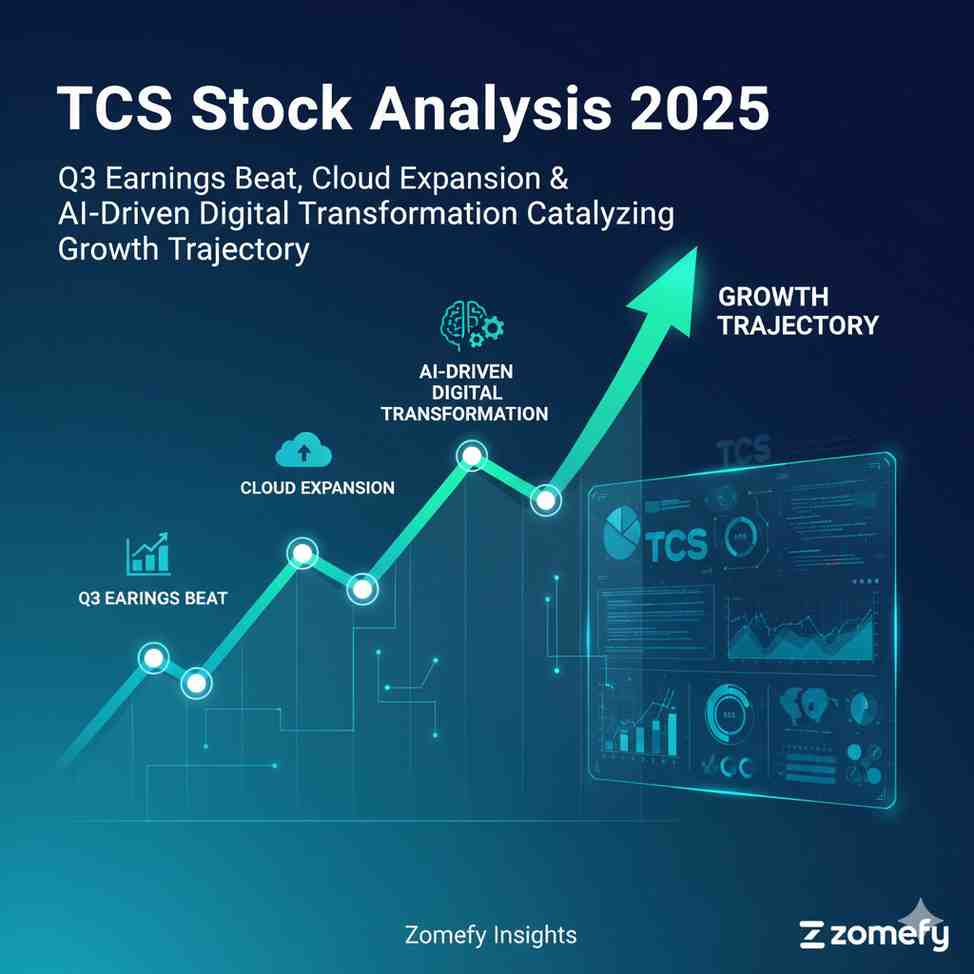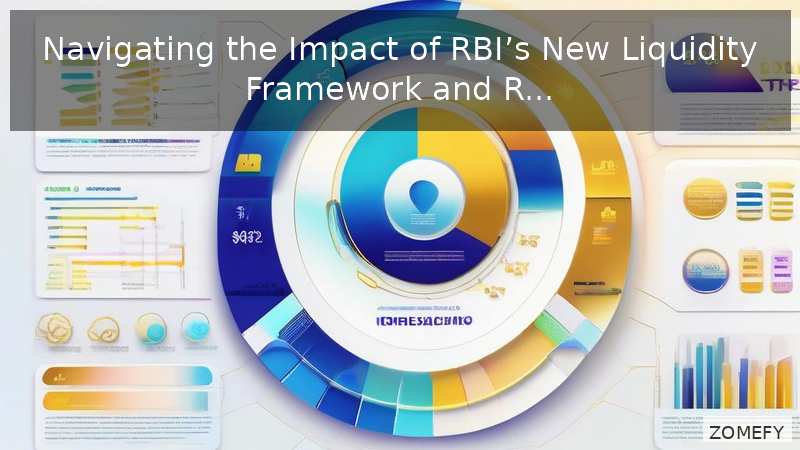Best ELSS Funds 2025: Tax Saving + Growth Potential
Discover the best ELSS funds for 2025 with tax saving benefits and growth potential. Compare top performing ELSS funds with detailed analysis and investment recommendations.
Best ELSS Funds 2025: Tax Saving + Growth Potential
What You Can Do Next
- Read the full article for complete insights
- Save for later reference
- Share with others learning about this topic
Image not available
ELSS (Equity Linked Savings Scheme) funds offer the perfect combination of tax benefits under Section 80C and equity growth potential. As we enter 2025, selecting the right ELSS funds becomes crucial for tax planning and wealth creation. This comprehensive analysis examines the top-performing ELSS funds, their tax benefits, and investment strategies.
ELSS Funds Overview 2025
Tax Benefits
Investment Strategy
Top ELSS Funds Analysis
Axis ELSS Tax Saver Fund
DSP ELSS Tax Saver Fund
HDFC ELSS Tax Saver Fund
ELSS Investment Strategy
SIP Strategy
Tax Planning
Risk Management
Risk Factors
Mitigation Strategies
Conclusion
Frequently Asked Questions
What are the tax benefits of ELSS funds?
ELSS funds offer tax deduction up to ₹1.5 lakh under Section 80C, long-term capital gains tax benefits after 1 year, and better tax efficiency compared to other 80C options. The 3-year lock-in period ensures disciplined investing and long-term wealth creation.
How to choose the best ELSS funds?
Choose ELSS funds based on consistent performance track record, strong risk management, experienced fund management team, reasonable expense ratios, and alignment with your risk tolerance. Consider funds with good long-term performance and strong risk-adjusted returns.
What is the ideal SIP amount for ELSS funds?
Start with ₹5,000-10,000 monthly SIP in top ELSS funds. Gradually increase SIP amount as income grows. Aim to utilize full ₹1.5 lakh limit under Section 80C. Consider your financial goals and risk tolerance while deciding SIP amount.
How long should I invest in ELSS funds?
Maintain investments for 5-10 years for optimal returns. The 3-year lock-in period ensures disciplined investing. Consider your financial goals and risk tolerance while deciding investment horizon. Regular review and adjustment of allocation is recommended.
Can I invest in multiple ELSS funds?
Yes, you can invest in multiple ELSS funds for diversification. Invest in 2-3 different ELSS funds to reduce concentration risk. Consider funds with different investment styles and risk profiles. Monitor performance and adjust allocation as needed.
Disclaimer: This analysis is for educational purposes only and should not be considered as investment advice. Past performance does not guarantee future results. Please consult with a qualified financial advisor before making investment decisions. ELSS investments are subject to market risks and lock-in period.
Continue Your Investment Journey
Discover more insights that match your interests

Unlocking Investment Potential in 2025: A Beginner's Guide to ETFs and Index Funds in India
As Indian retail investors increasingly seek efficient, cost-effective ways to build wealth, Exchange-Traded Funds (ETFs) and index funds have emerged as powerful tools to unlock investment potenti...

TCS Stock Analysis 2025: Q3 Earnings Beat, Cloud Expansion & AI-Driven Digital Transformation Catalyzing Growth Trajectory
Tata Consultancy Services (TCS), India’s largest IT services company, continues to demonstrate robust growth and resilience in a dynamic global technology landscape.

Navigating India's Emerging Digital Currency Ecosystem: Opportunities and Risks for Investors in 2025
India's digital currency ecosystem is rapidly evolving, driven by technological innovation, regulatory reforms, and increasing retail and institutional interest.

Navigating the Impact of RBI’s New Liquidity Framework and Repo Rate Adjustments on Indian Markets in 2025
The Reserve Bank of India (RBI) has ushered in a new era for Indian financial markets with its revised Liquidity Management Framework (LMF) and a recent adjustment to the policy repo rate in 2025.
Explore More Insights
Continue your financial education journey
